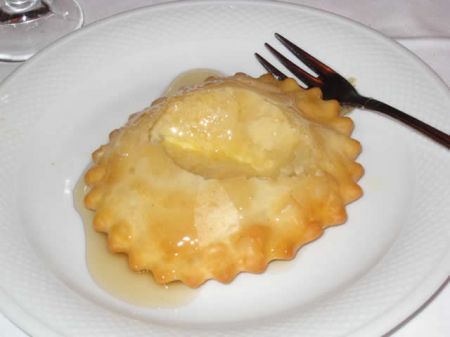
Eucalyptus Honey
This post is also available in:
 Italiano (Italian)
Italiano (Italian)
The production of eucalyptus honey in Sardinia is possible thanks to the remarkable presence of these type of trees, belonging to the Eucalyptus genus, native to Australia and Tasmania. In fact, towards the mid-XIX century, some species of Eucalyptus were introduced in the Mediterranean area both for ornamental purposes and for the extraction of eucalyptol, a strongly aromatic substance used for cosmetic and pharmaceutical products, but, most of all, for reforestation and reclamation of some marshlands.
In Maremma, such reclamation took place in the Pontine plains, while Sardinia was involved as well for two main reasons: the very deep root system would be able to absorb large quantities of water from the ground, while the fragrant leaves of those trees may keep away Anopheles mosquitoes (the ones which cause malaria) – although the latter was later proved a totally wrong belief. In the wake of that very belief, eucalyptus trees were introduced in Sardinia in the first decades of the XX century: in fact, today, especially in the small towns of Campidano and along the canals, several specimens about one hundred years old can be found.
In recent times, eucalyptus trees have been used lesser and lesser, mainly because their large root system tends to spread without control, preventing the growth of other plant species. They are still cultivated, however, to produce cellulose and firewood, thanks to their quick growth.
Eucalyptus honey features a light amber colour, with a strong taste and a spicy fragrance; it is an excellent type of food, as well as a natural remedy for respiratory diseases; it’s usually very pure, also due to the fact that it’s produced in the summer when very few other plants bloom. Its extraction takes place between July and August.
This post is also available in:
 Italiano (Italian)
Italiano (Italian)
Contatti
Cagliari(CA)
